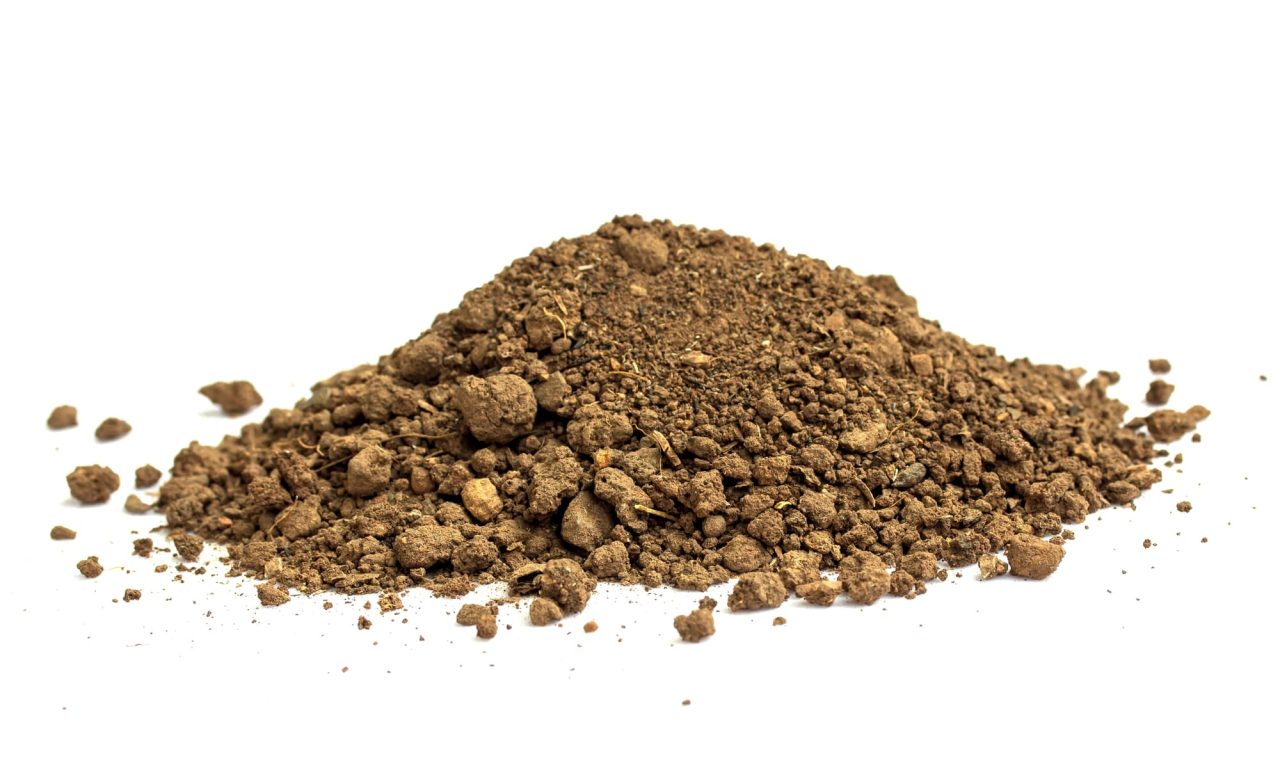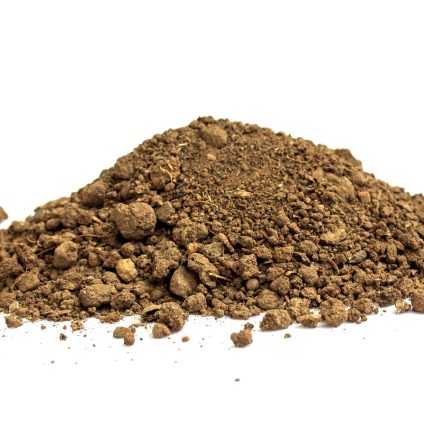Nearly 1.4 billion people live on land contaminated by toxic metals. According to a new study, 17% of the world’s agricultural land may be polluted. For the first time, we now have a global map detailing the extent of soil metal pollution

For over ten thousand years, humans have extracted metals from the earth to create tools, equipment, and increasingly advanced technologies. But this long-standing alliance with metallurgy has a toxic downside: soil metal pollution. Today, it’s a global issue.
That’s the finding of a new study published in Science, which, for the first time, presents a global map of heavy metal contamination in soils. The research analyzed nearly 800,000 samples from around the world using advanced machine learning techniques.
Cadmium tops the list of soil metal pollutants
The study, led by Tsinghua University, estimates that between 14% and 17% of global farmland exceeds safe levels of toxic metals. As a result, up to 1.4 billion people may face ecological and health risks.
The metals analyzed include arsenic, cadmium, cobalt, chromium, copper, nickel, and lead – all known for their serious health effects, including cancer, cardiovascular damage, and cognitive delays in children.
Cadmium emerged as the most widespread contaminant, found in high concentrations in 9% of global surface soils. Commonly used in rechargeable batteries and pigments, cadmium easily enters the soil and plant systems, posing a risk to the food chain. Nickel and chromium exceeded safety thresholds in 5.8% and 3.2% of soils, with hotspots in the Middle East, subarctic Russia, and East Africa.
The contamination corridor: from southern Europe to Chin
The research identifies a particularly affected region, forming a transcontinental contamination corridor. This high-risk zone stretches from southern Europe through the Middle East and South Asia to southern China. This corridor aligns with the footprint of ancient civilizations, but today it represents one of the most vulnerable regions environmentally and health-wise. A combination of intensive modern industrial activity, centuries of mining, and unique geological and climatic features has led to high levels of metal accumulation in the soil.
What causes soil contamination?
Soil contamination arises from a mix of natural and human-driven factors, though human activity is the dominant source of metal pollution. The study highlights three main contributors:
- Geogenic sources: Some soils originate from metal-rich rocks like basalt or pyrite. Natural erosion and weathering processes release these metals into the soil.
- Anthropogenic sources: Mining, industry, agriculture, and domestic activities contribute heavily. Phosphate fertilizers, paints, batteries, contaminated irrigation water, and industrial waste are major drivers.
- Climate and topography: Areas with hot-humid climates (like monsoonal subtropics), steep slopes, or high altitudes show higher contamination due to erosion, rapid metal release, and reduced leaching.
Consequences for agriculture and human health
Direct contact with contaminated soil, eating crops grown in polluted fields, and exporting agricultural products from high-risk areas are all exposure pathways. Researchers estimate that at least 242 million hectares of farmland are already affected, undermining global food security.
In poorer regions, the situation is worsened by a lack of local data and monitoring capacity. Sub-Saharan Africa, for example, remains one of the least studied but most vulnerable areas in the world.












